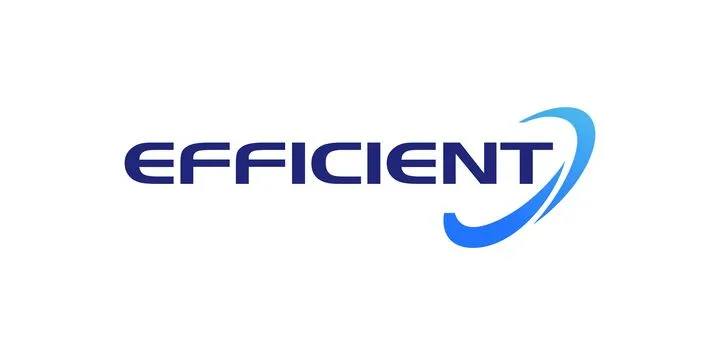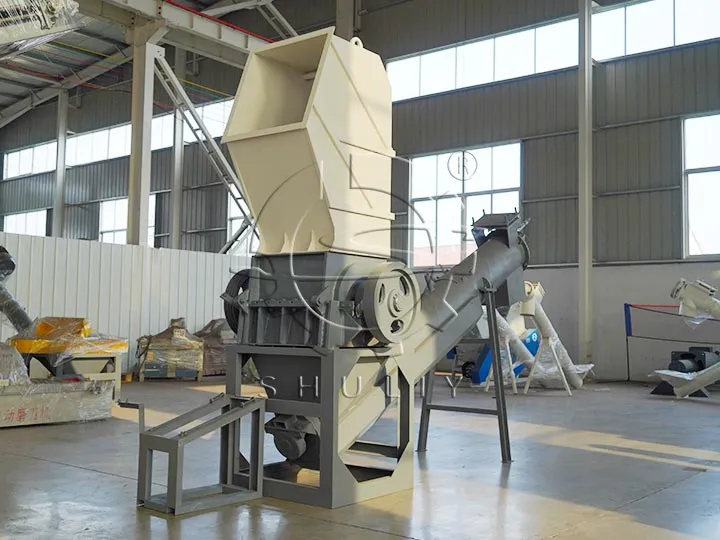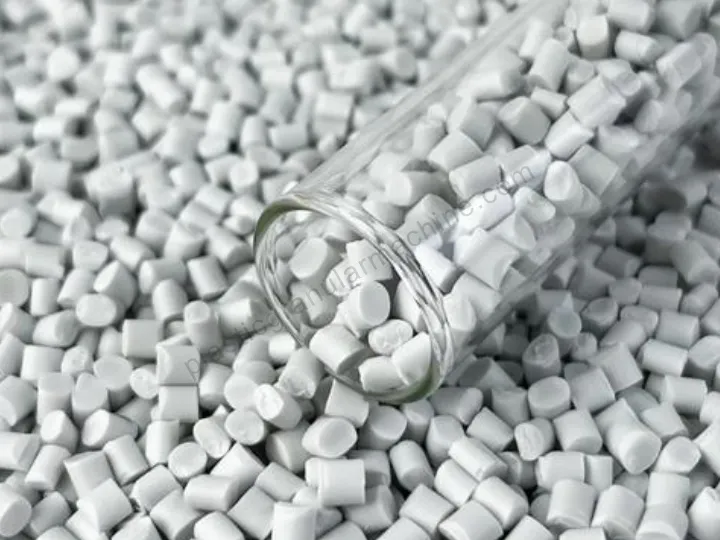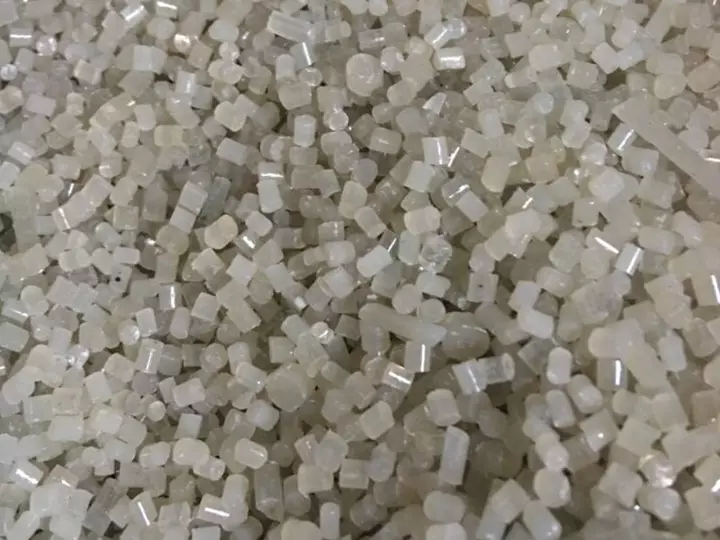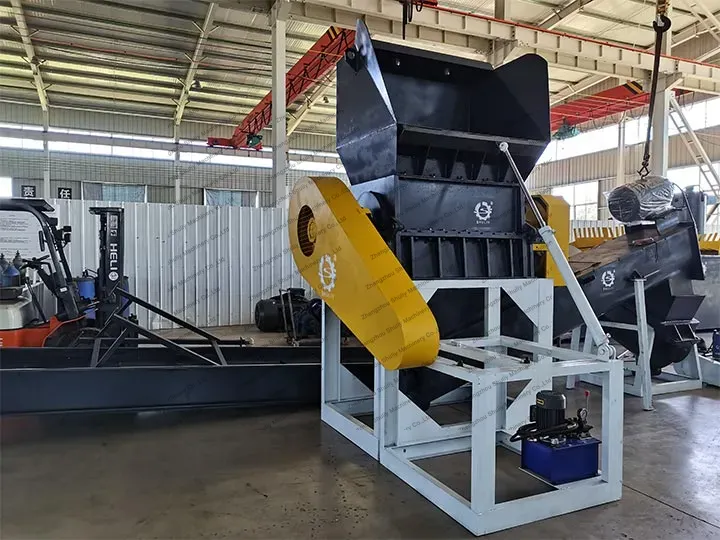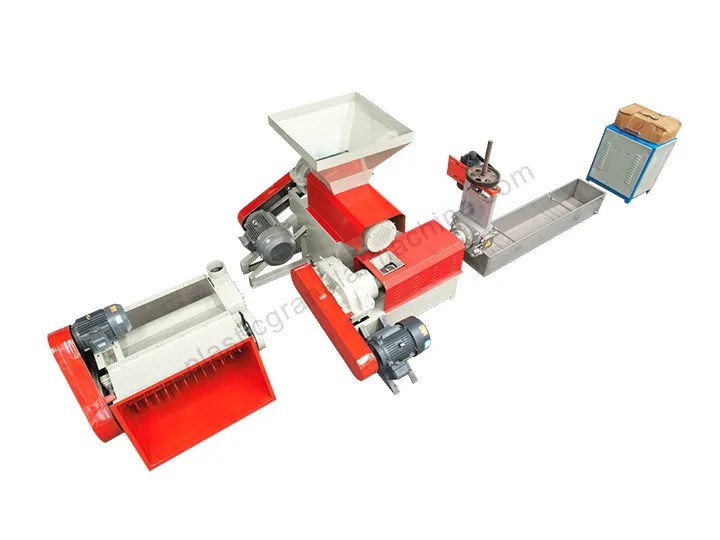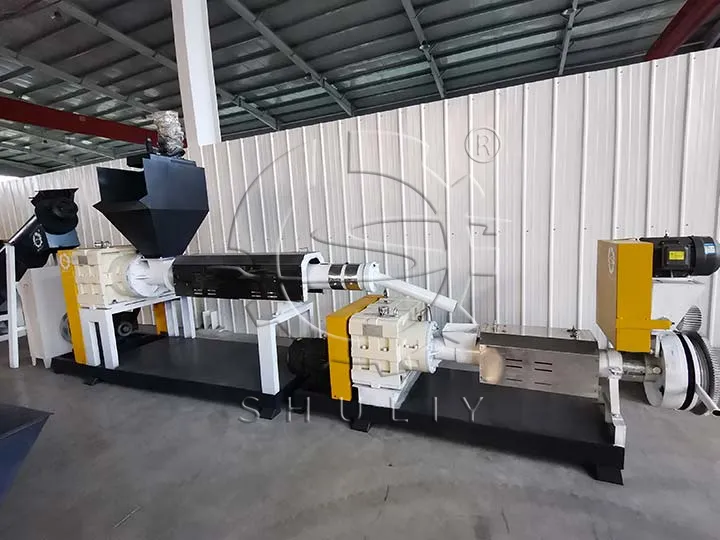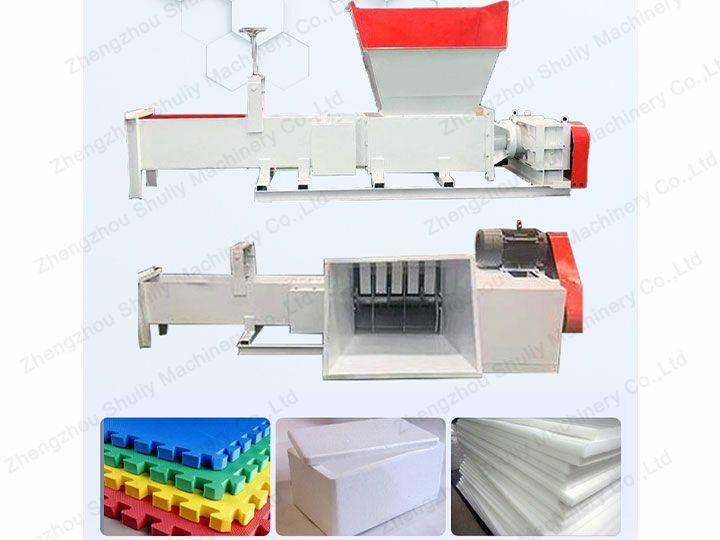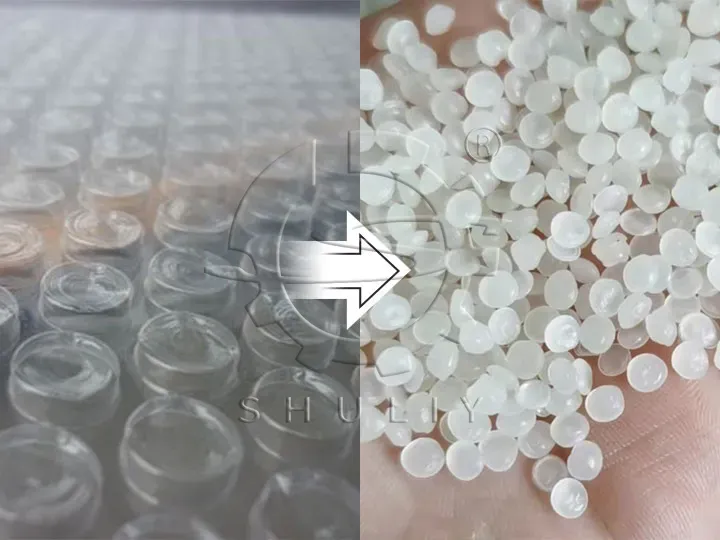O que são plásticos recicláveis?
PETE
PETE (ou PET) é a abreviatura de tereftalato de polietileno. É também um plástico reciclável comum. A maioria das garrafas de refrigerante, garrafas de água e outros tipos de embalagens de alimentos utilizam PET como matéria-prima. A sua transparência torna-o um substituto do vidro. Devido à sua leveza e durabilidade, o plástico PET é muito popular.
O PET é muito fácil de reciclar e é geralmente reutilizado na produção de garrafas ou fibras de poliéster. Na Europa, a taxa de recuperação de garrafas PET é de 52%. Atualmente, o PET é o plástico com a maior taxa de recuperação do mundo. Muitos países utilizam linhas de reciclagem de garrafas de plástico para reciclar garrafas PET usadas.
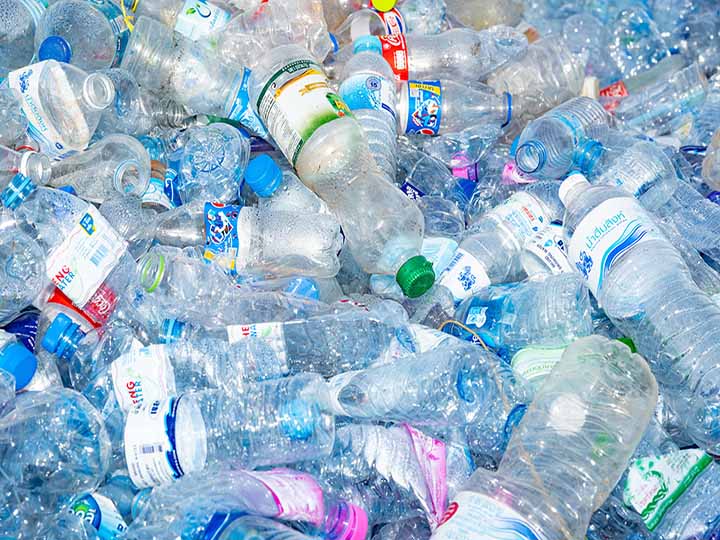
PEAD
HDPE é a abreviatura de polietileno de alta densidade. Este tipo de plástico é mais comummente utilizado em embalagens, como garrafas de leite, detergentes em pó, produtos para o cabelo e produtos de limpeza. É mais resistente do que muitos outros plásticos e é mais resistente a danos físicos e químicos. Portanto, pode suportar temperaturas extremas. O polietileno de alta densidade tem uma função leve, de alta resistência e de forte proteção contra humidade. Portanto, o HDPE ajuda a garantir que estes produtos cheguem ao seu destino em bom estado.
O HDPE é 100% reciclável. Pode realizar todo o processo de reciclagem através da linha de reciclagem por granulação de plástico. Os principais processos são a trituração, a fusão e a granulação.
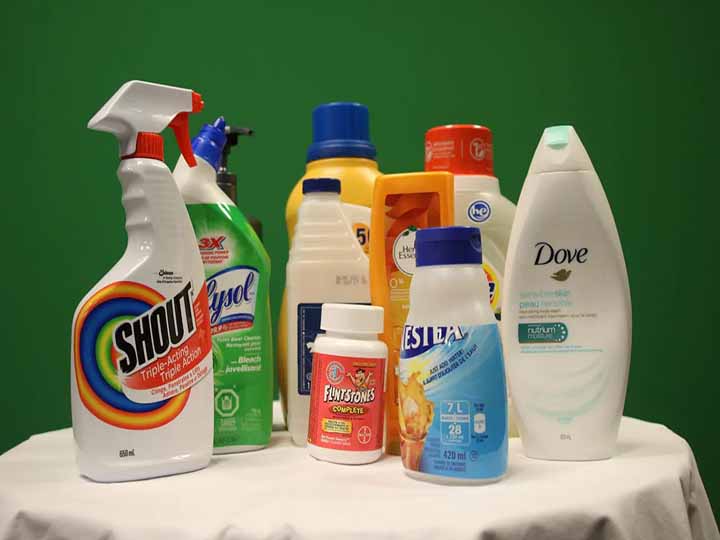
PVC
O código para PVC é PVC ou simples v. PVC é um plástico reciclável rígido, firme e diversificado. Devido à resistência e durabilidade do PVC. Materiais de construção, como tubos, acessórios, painéis de parede e mangueiras podem usar este material. Também se aplica a frascos de produtos de limpeza e cuidados pessoais. Além disso, muitas pessoas usam PVC em equipamentos médicos, embalagens de alimentos e conduítes elétricos.
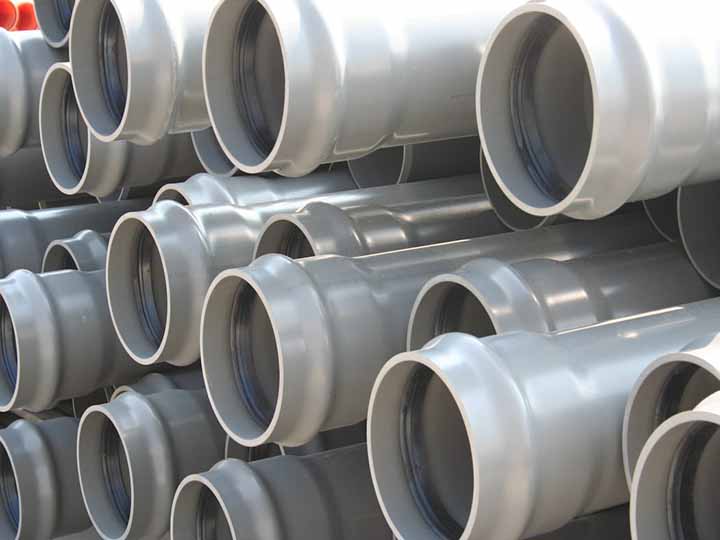
PEBD/PEBDL
O LDPE é um plástico reciclável mais fino e elástico. Geralmente é usado para embalagem, incluindo filme bolha. Administração de alimentos e medicamentos para contato com alimentos. No entanto, o LDPE de película fina é frequentemente excluído dos programas de reciclagem nas estradas, mas geralmente pode ser reciclado em supermercados. Podemos encontrar polietileno rígido de baixa densidade em garrafas, tampas, recipientes, tampas e outras coisas. Os fornecedores podem usar LDPE para proteger produtos de produtos químicos e umidade durante o transporte sem adicionar muito peso extra.
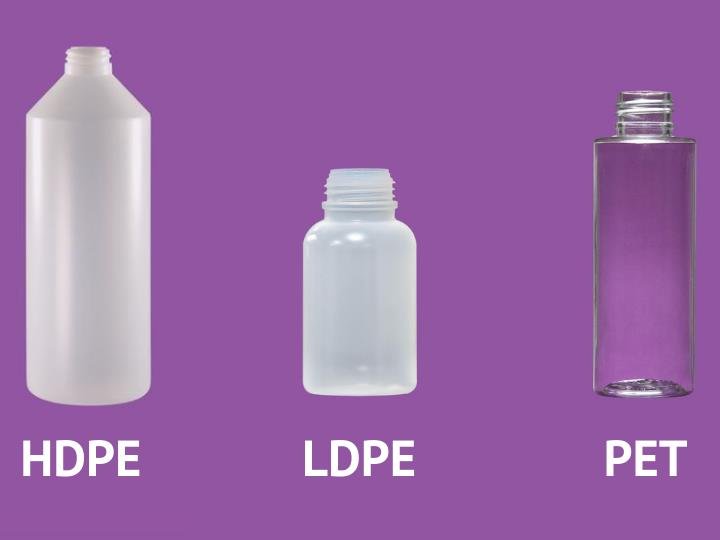
PP
A maioria das roupas, cordas, potes e garrafas utilizam Polipropileno (PP) como matéria-prima. A sua rigidez, alto ponto de fusão e resistência a muitos solventes químicos tornam-no amplamente utilizado em produtos de consumo. Além da sua rigidez e resistência ao calor, o PP também pode prevenir a propagação de humidade. Estes fatores tornam o PP um material ideal para embalagens de alimentos.

abdômen
O acrilonitrila butadieno estireno é um plástico reciclável forte, duro e brilhante. Podemos vê-lo em eletrônicos, carros, aviões, capacetes, tacos de golfe e malas. Ao mesmo tempo, é também o plástico utilizado nos blocos de construção Lego. O ABS é reciclável. Através da reciclagem, fusão e remodelação. Podemos reutilizar o ABS muitas vezes.
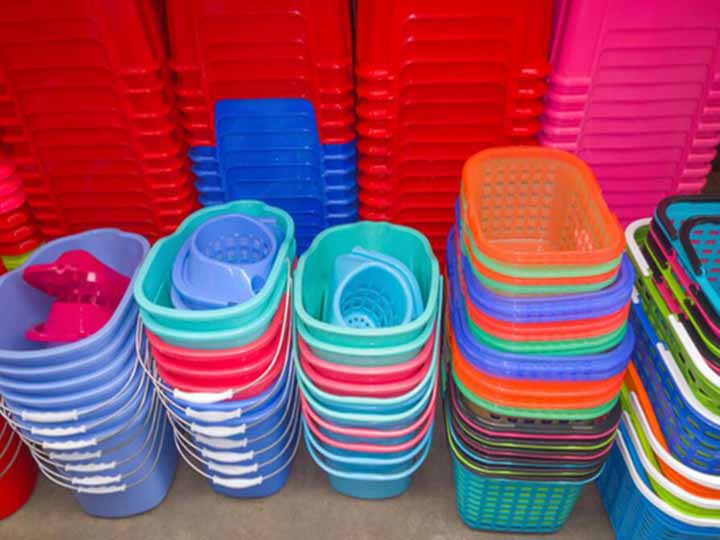
Além disso, plásticos como PS, PA e TPEs também são plásticos recicláveis.
